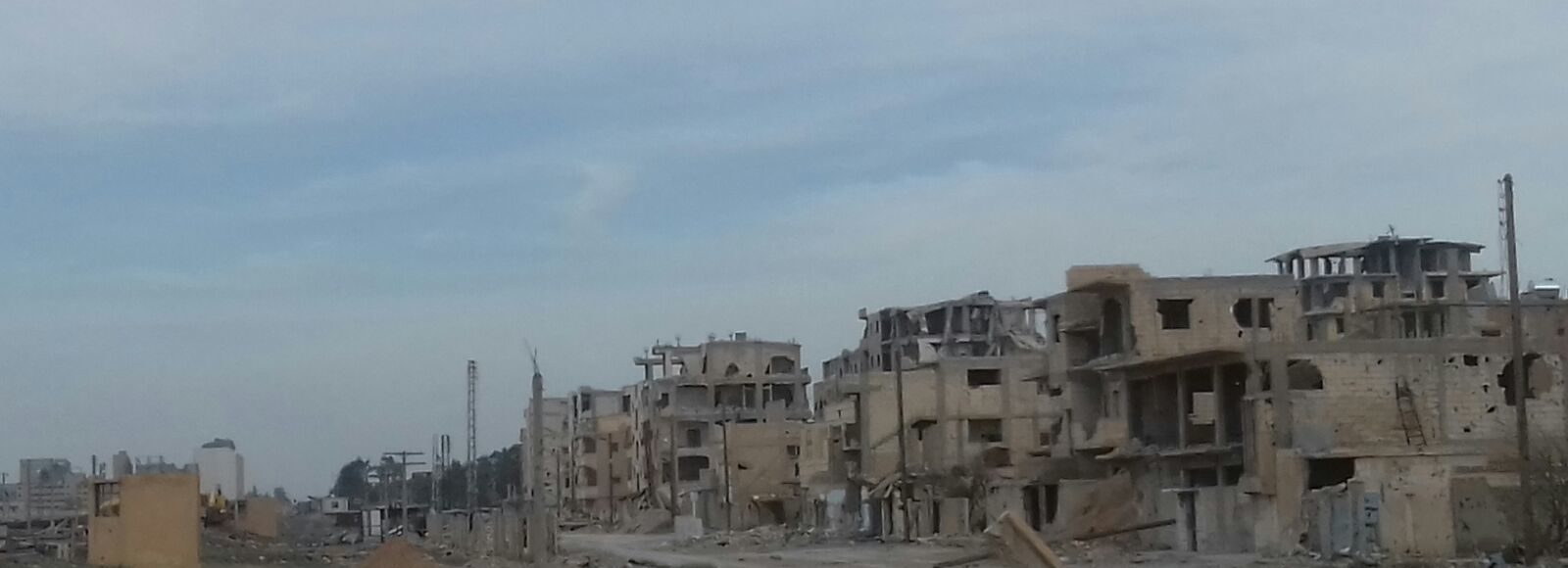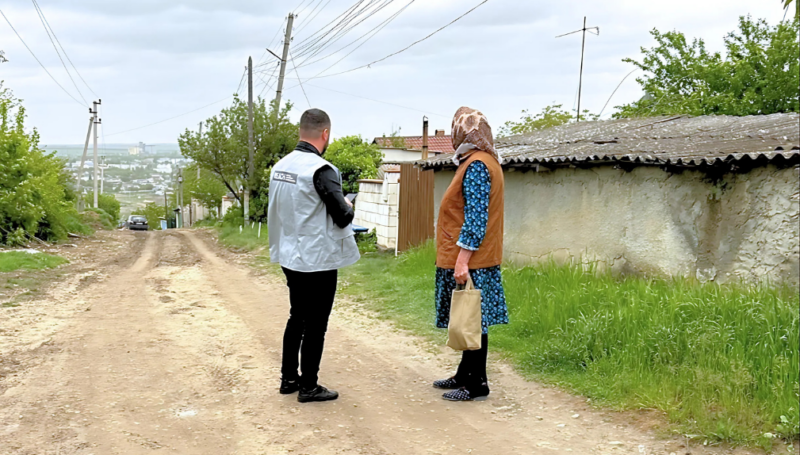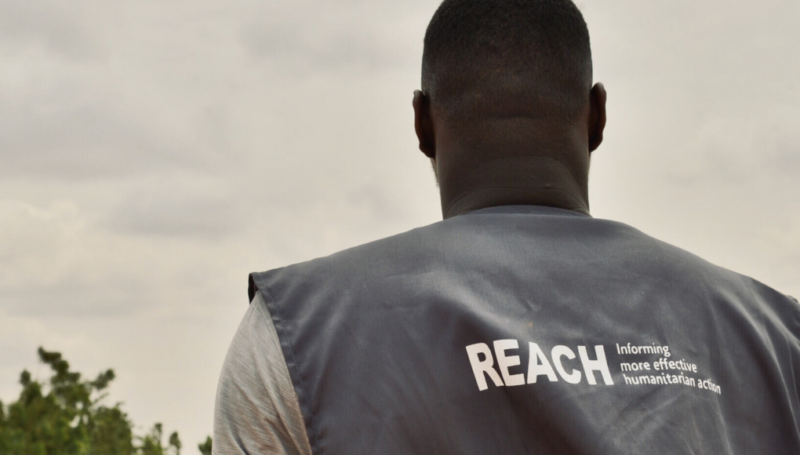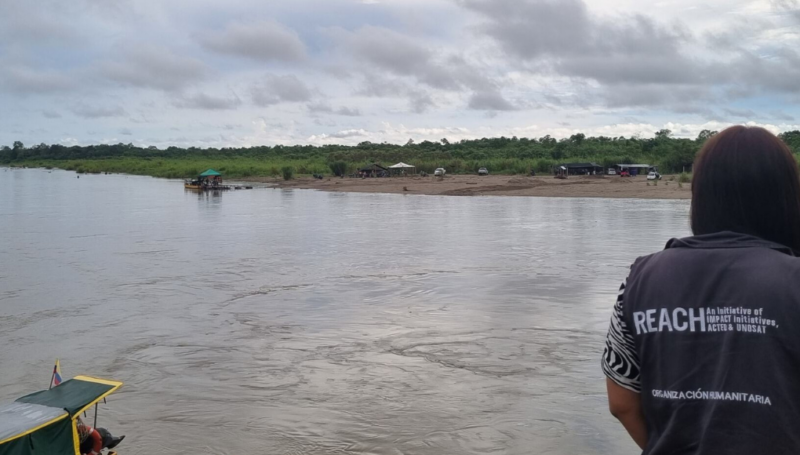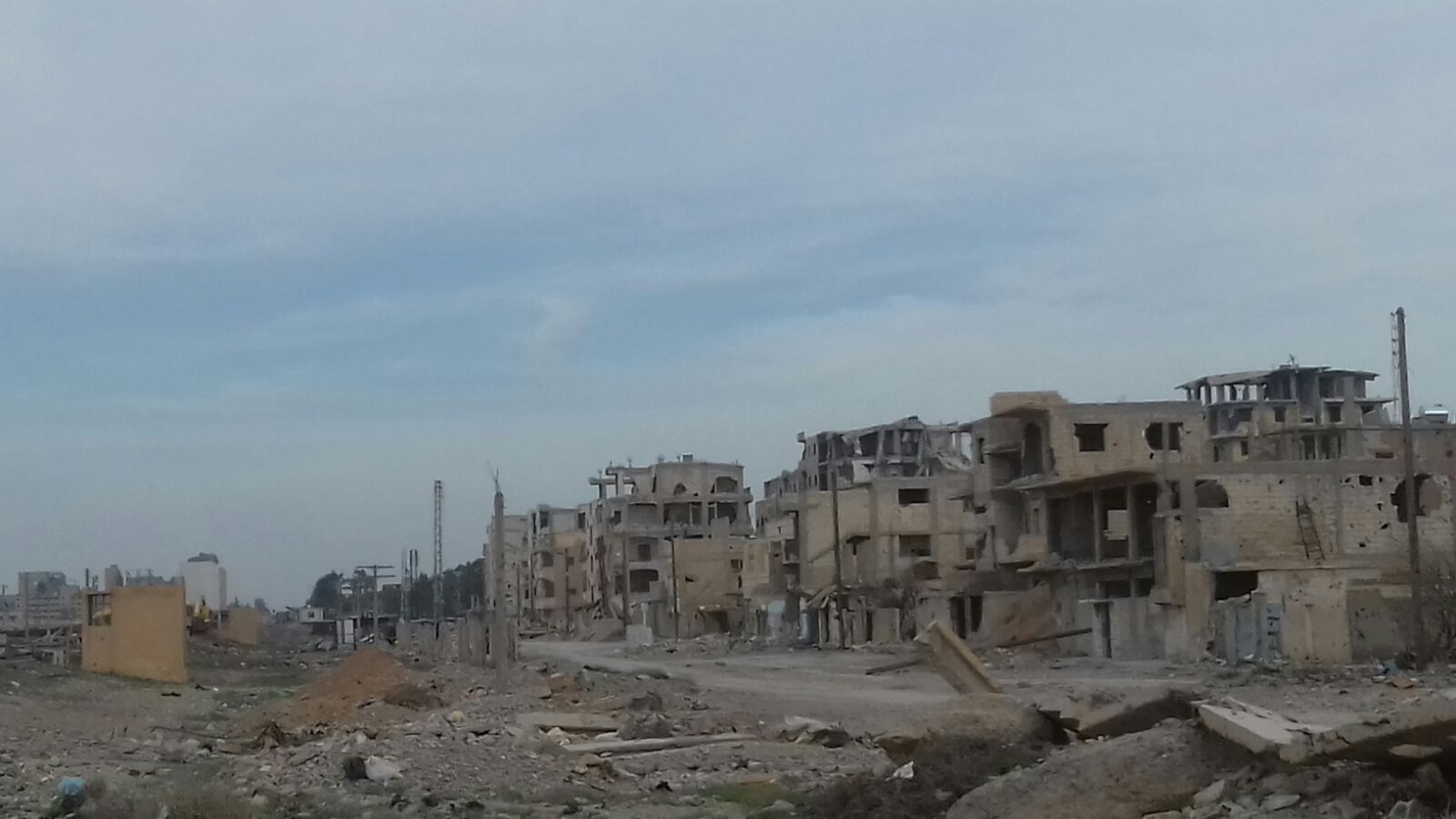
Destroyed residential buildings in Ar-Raqqa city ©REACH/2018
Following months of intense conflict, Ar-Raqqa city was completely evacuated of civilians in late October 2017. Despite widespread damage, high levels of unexploded ordnance (UXO) contamination and a lack of basic services, residents began returning to their homes in large numbers immediately after the cessation of conflict. Humanitarian actors and local authorities have begun relief activities, but insufficient information on households’ needs and their access to services inhibits the response.
To help fill this information gap, REACH has conducted a series of assessments to inform the humanitarian response in Ar-Raqqa city, including two spontaneous returns assessments (December 2017, January 2018) and one services and infrastructure assessment (February 2018). REACH has most recently undertaken an Area-Based Assessment to clarify residents’ multi-sectoral needs and their access to relevant services and infrastructure within the various areas of Raqqa city. Data was collected through 79 interviews with key informants (KIs) from all neighbourhoods and 13 focus group discussions with residents from select areas.
The assessment found that households face significant challenges as they seek to resume normal patterns of life. Most prominently, UXO contamination and severe infrastructural damage endanger individuals and inhibit the restoration of key services. Additionally, KIs indicated that improvements to water, sanitation, and hygiene (WASH) and health services are the most urgent immediate needs. As the main water network is repaired, residents are primarily relying on trucked water of poor quality, though access to this water is challenging for households living in uncleared or heavily contaminated areas. The few health facilities that have reopened only provide basic services and are overcrowded.
Although education facilities are being reopened and some electricity is available, improving the quality of both these services was reported as a secondary immediate need. Reopened schools generally only provide primary education, are reportedly overcrowded and lack qualified teachers. Because households generally prefer to access education facilities close to their homes, restoration of schools at the local level is a critical need. The main electricity network is not functioning, and households’ access to electricity depends on their financial resources and proximity to communal generators.
As severe damage and access constraints inhibit restoration of services in some areas of the city, Qadessiyeh (Dari’yeh), Mahdi / Rafqa (Old Raqqa), Ammar Ibn Yaser / Ma’amoun (Meshlab) neighbourhoods are serving as key hubs for various services, including healthcare and hawala services.1 Residents also travel to markets in these areas to access food and non-food items, when necessary.
With Ar-Raqqa city residents continuing to voluntarily return, the restoration of infrastructure and services will be essential to meeting immediate humanitarian needs and facilitating reconstruction over the long term. Increasing capacity of services in all areas of the city, particularly in neighbourhoods in the city’s centre, is needed to improve all residents’ living standards. REACH will continue to assess ongoing humanitarian needs in Ar-Raqqa city as voluntary returns continue.
[1] Hawala is a traditional system of transferring money whereby money is paid to an agent who then instructs an associate in the relevant country or area to pay the final recipient.
Please find here the recently released Area-Based Assessment.





